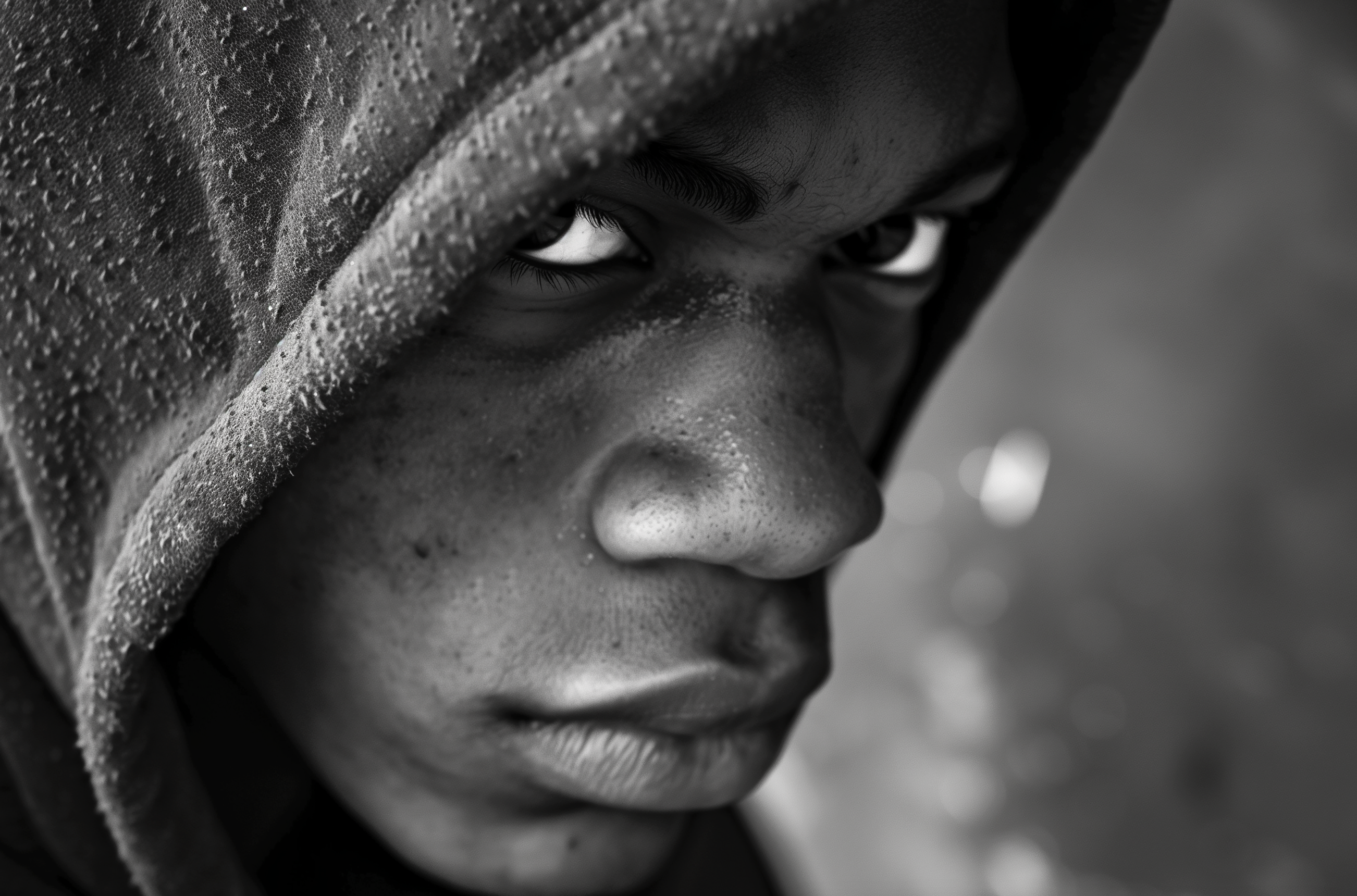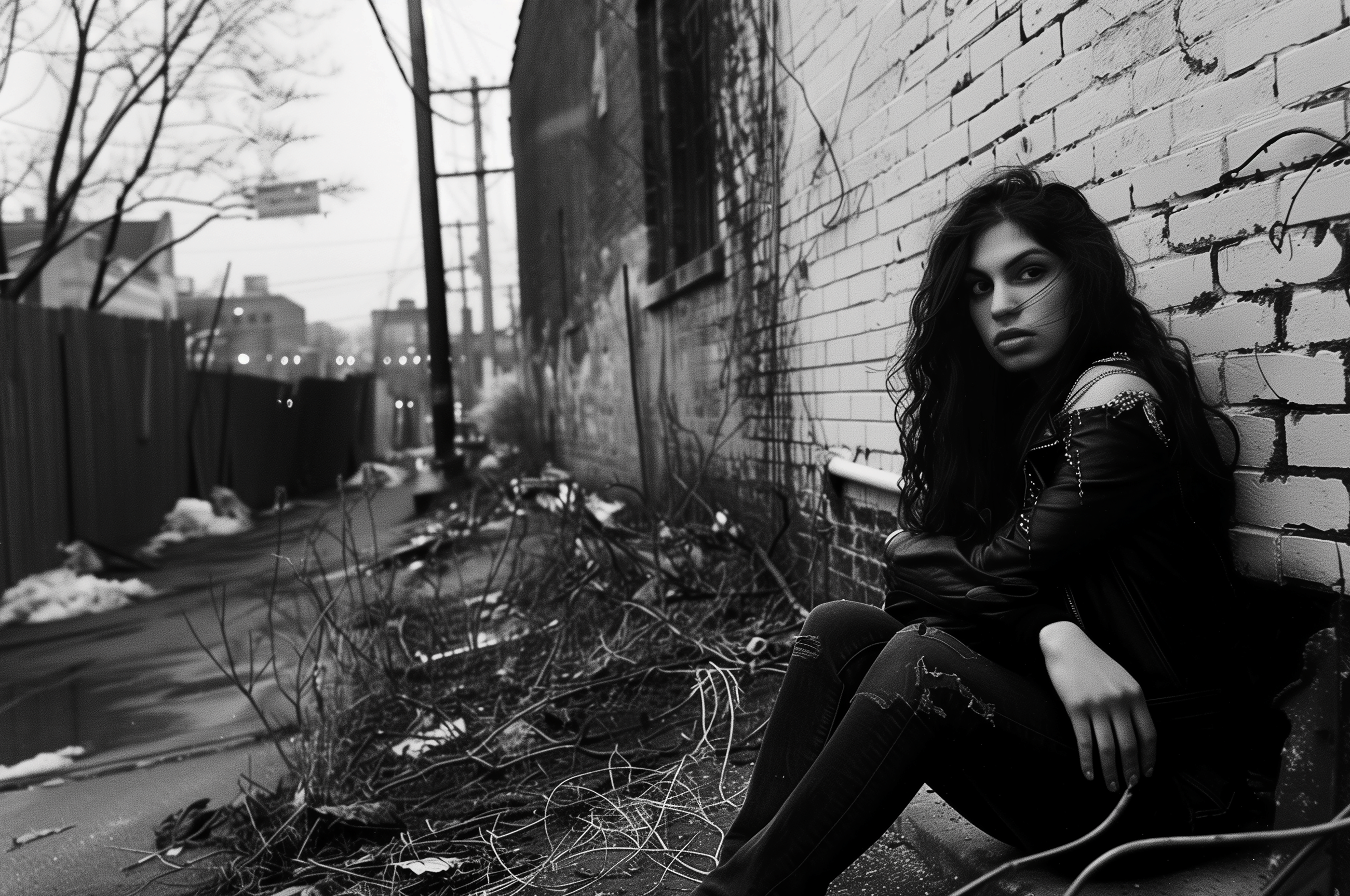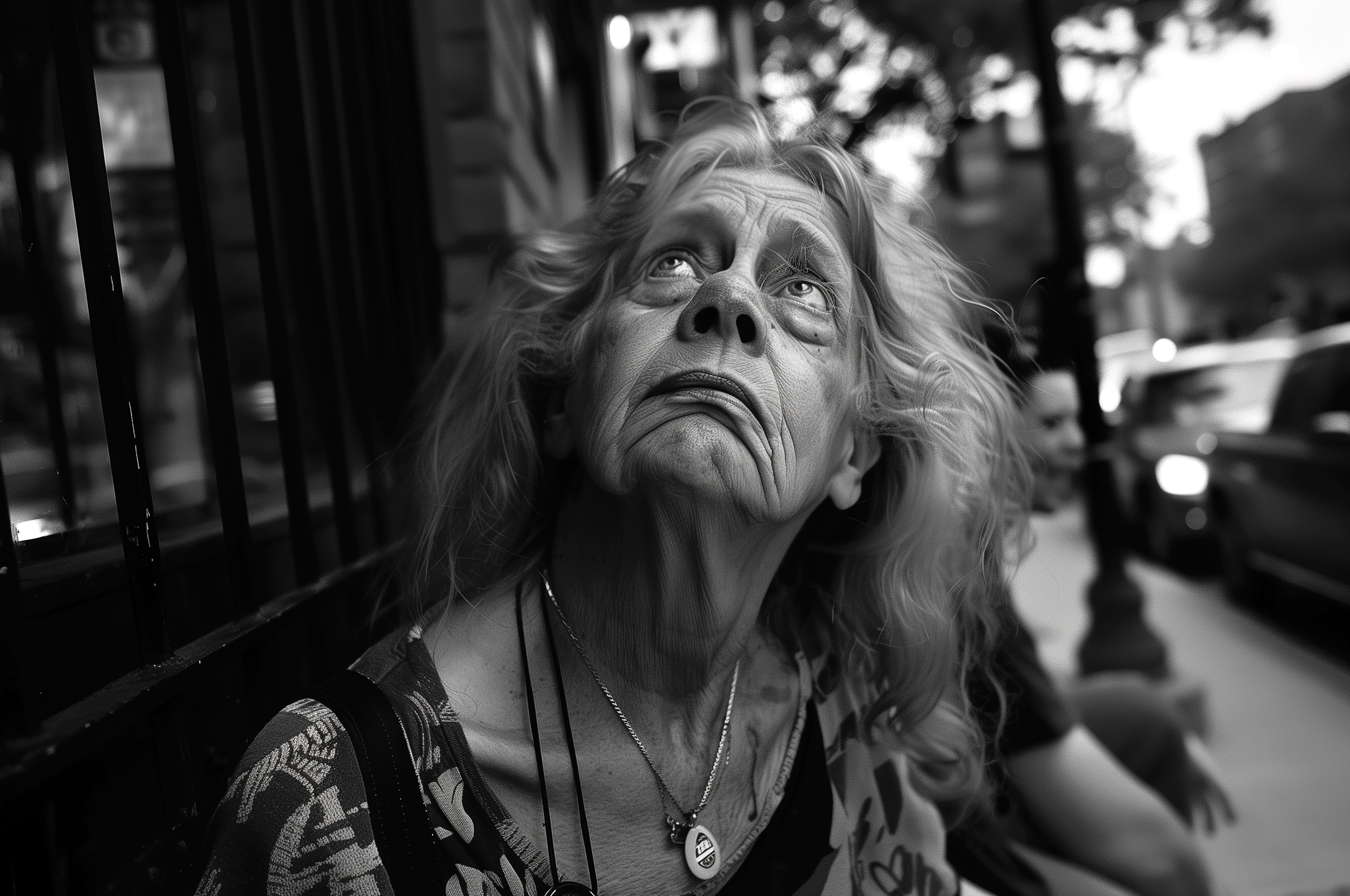
Streets of Chicago
Does AI possess imagination?
Intro
We are using AI more and more in almost every aspect of our lives. Often, we don’t even stop to think about how AI sees us. But if AI can learn, process information, and make its own decisions, then it can also form ideas based on the data and prompts we provide. Could it even develop its own opinion about us? And if that’s possible, could AI also imagine? Could it go beyond what it has learned and create something entirely new? These are the questions that inspired me. I wanted to explore how AI perceives us, and whether it has something we usually consider uniquely human - imagination. That’s how the project "Streets of Chicago" was born. Through this artistic exploration, I set out to discover whether AI can go beyond data, beyond facts, and into the realm of creativity and imagination. Join me in exploring the results of this project. I’m sure you’ll be as surprised and fascinated as I was.

Concept
The concept behind this project was to delve into AI's imagination and gain insights into how it envisions us. I chose the bustling streets of Chicago as the canvas for this exploration. Streets serve as a melting pot of diverse and often extreme stories, where conflicts manifest and become visible. Similar to art, streets are where different realities converge, making them an ideal setting to explore AI's creativity. But how do we prompt AI to reveal its imagination? Typically, we use AI to respond to specific commands or prompts. The more precise the prompt, the better the results usually. However, this method confines AI to follow our instructions. To initiate AI's creative expression, I have crafted a universal story that resonates with anyone connected to or even living in the streets.
Here is the story
“He/She grew up on the mean streets of Chicago, a place notorious for its danger and violence. Survival was the primary lesson he/she learned early on. The streets had their own rules, dictated by gangs who enforced them ruthlessly. To navigate this environment, one had to quickly learn and conform to these rules. However, life on the streets left deep scars—not just physical, but also emotional. It hardened him/her, making him/her tough, callous, and emotionally distant. Witnessing suffering, bloodshed, and constant fighting desensitized him/her to the world around him/her. His/Her eyes became empty, devoid of feeling, focused solely on the relentless struggle for survival.”

How I did it?
The story remained consistent across each generating session. The only part that was varied was the introduction, adding technical details and context. For instance: “create a black and white photography with unexpected perspective, exciting light, unexpected surrounding showing women around 25 years old from this story:….. “
These parameters were deliberately general, allowing AI to freely imagine the subject of the photographs without detailed specifications. The outcome was solely based on AI's imagination. It showed us how it perceives people on the streets and narrated their stories, capturing their emotions and experiences. I ran this prompt with slight variations in the initial parameters, without any fine-tuning of the imagery to prevent influencing AI's imagination. And I never used an image as a reference.

The results
Some results were intriguing, revealing AI's unique perspective on the street world: • Very few individuals were smiling in the photos. • Most were portrayed as displaying anger. • The majority of characters depicted were dark-skinned. • There were no overweight individuals. • When age was unspecified, all appeared to be above 50. • When gender was unspecified, all were male. • And many more intriguing observations left to your imagination to explore.
AI indeed possesses imagination
An even bigger surprise is how accurate AI described life on the streets of the city. By selecting a great range of characters and placing them in the right situations, AI created a perfect depiction of street life in Chicago.

The final question remains: are all the results simply a reflection of our own input?
During the first exhibition of “Streets of Chicago” in Belgrade, someone asked me: “Isn’t AI just creating images based on facts it has learned?” My answer was yes, it is. But then I asked in return: Isn’t human imagination also shaped by the facts we've learned; from society, from our parents, from people around us, from our own experiences? Aren’t we also just a kind of medium, storing information and drawing conclusions from it whenever needed? So, the real question is: Is that truly different from what AI does?